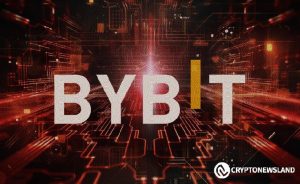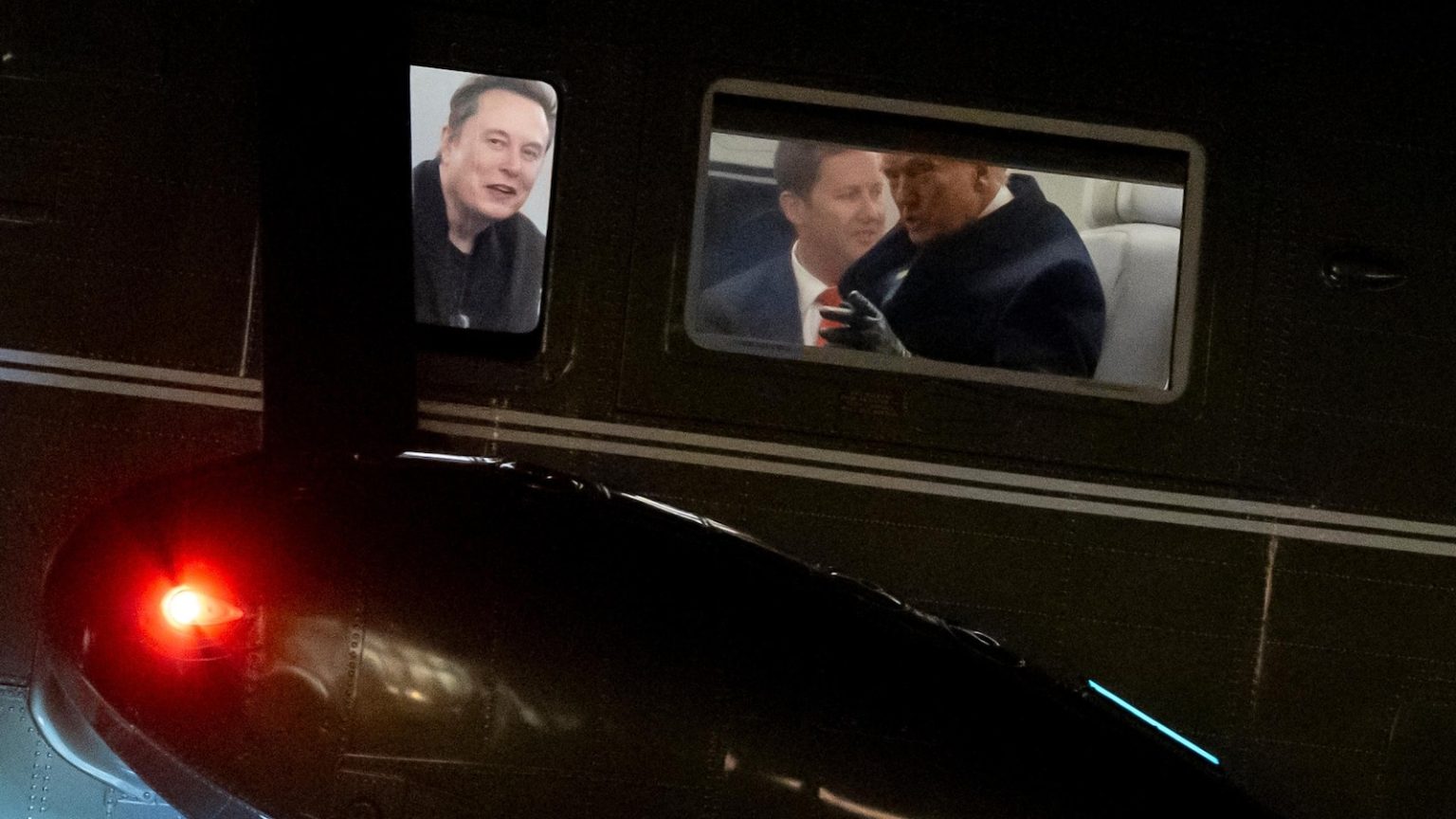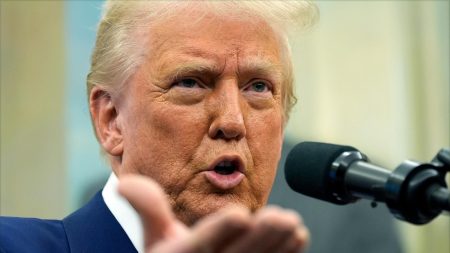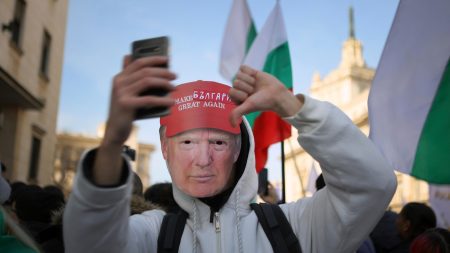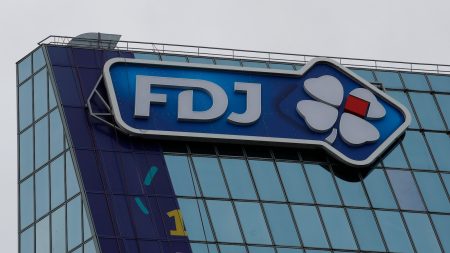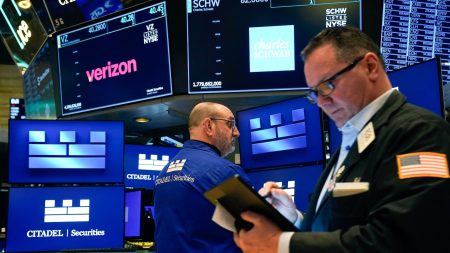A New Vision for Government Efficiency: The “DOGE Dividend” Concept
President Donald Trump recently unveiled an innovative idea to redistribute savings from Elon Musk’s Department of Government Efficiency (DOGE) back to U.S. citizens. Speaking at an investment conference in Miami, Trump expressed enthusiasm for a proposal that would allocate 20% of the cost-cutting savings generated by DOGE to American taxpayers in the form of a dividend. Another 20% of these savings, he suggested, could be directed toward reducing the national debt. This concept, dubbed the “DOGE Dividend,” is part of a broader effort to streamline government operations and engage citizens in the process of fiscal responsibility.
How the DOGE Dividend Works
The idea behind the DOGE Dividend is simple yet ambitious. By incentivizing efficiency within government agencies, the Trump administration aims to generate significant savings. A portion of these savings would then be returned to the public, effectively giving taxpayers a direct stake in the success of cost-cutting measures. Trump emphasized that this approach not only benefits individuals financially but also fosters a sense of ownership and participation in governance. “They’ll be reporting it themselves,” Trump said, highlighting how citizens might actively contribute to identifying and eliminating wasteful spending. This interactive model could transform the relationship between the government and its citizens, making the latter active participants in fiscal reform.
The Role of Citizen Engagement
One of the most intriguing aspects of the DOGE Dividend proposal is its emphasis on citizen engagement. By offering a financial incentive, the plan encourages individuals to take an active role in reporting inefficiencies and wasteful practices within the federal government. This crowdsourcing approach could potentially uncover overlooked areas of inefficiency and empower citizens to feel more connected to the decision-making process. Trump’s vision seems to align with a broader philosophy of governance that prioritizes transparency, accountability, and public participation. While the specifics of how this system would operate are still unclear, the idea represents a bold step toward creating a more responsive and efficient government.
Elon Musk’s Influence and the Potential Impact
Elon Musk, the founder of DOGE, has been a key figure in this initiative. His reputation for innovation and efficiency has lent credibility to the department’s efforts, which have already resulted in significant cost savings. Musk’s involvement also brings a level of public interest and scrutiny to the project, as his influence extends far beyond the political arena. On his social media platform, Musk recently responded to a suggestion that he and Trump announce the DOGE Dividend, stating that he would “check with the President.” This exchange highlights the collaborative nature of the initiative and suggests that Musk is open to exploring new ways to leverage his expertise for public benefit.
The Broader Implications of the Proposal
While the DOGE Dividend has garnered significant attention, its implementation raises important questions about the future of government operations. The plan’s emphasis on cost-cutting has already led to thousands of federal government employees being laid off or reassigned, sparking debates about the human impact of such measures. Critics argue that while efficiency is laudable, it must be balanced with considerations for workforce stability and public services. On the other hand, proponents see this initiative as a necessary step toward modernizing government processes and reducing the burden of debt on future generations. As the proposal moves forward, these competing perspectives will likely shape the conversation around its implementation.
A Look Ahead and the Potential for Innovation
In conclusion, the DOGE Dividend represents a fascinating blend of innovation, fiscal responsibility, and public engagement. While the details of the plan are still evolving, its core idea—to return a portion of government savings directly to citizens—has the potential to redefine how taxpayers view their relationship with the federal government. By fostering a sense of shared responsibility and incentivizing participation, this initiative could pave the way for a more transparent and efficient governance model. As Trump and Musk continue to explore this concept, the nation will be watching closely to see how this vision unfolds and what it might mean for the future of American governance.


